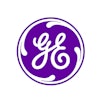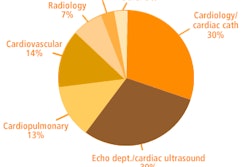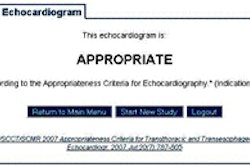Dear Ultrasound Insider,
Quality assurance (QA) may not be the most exciting topic, but it's a critical one. In the vascular ultrasound lab, performing the QA task well can yield important dividends.
But that's only if you use the data you generate during the process, according to Cindy Weiland, RVT, RRT, director of accreditation and quality assurance monitor for the Intersocietal Accreditation Commission. Effective QA utilizes peer review, ongoing communication with staff, corrective action plans, and accountability.
As an Ultrasound Insider subscriber, you have access to this Insider Exclusive before it is published for the rest of our AuntMinnie.com members. To learn more about how to perform and get maximum value out of QA in the vascular lab, click here.
In late-breaking industry developments, one of the two ultrasound contrast agents approved for cardiac use came back on the U.S. market this week after a one-year hiatus due to manufacturing issues. Will the return of Optison from GE Healthcare of Chalfont St. Giles, U.K., make an impact on ultrasound contrast use in the U.S.? Learn more by clicking here.
In other developments we're featuring this month in your Ultrasound Digital Community, researchers from Catholic University of Korea in Seoul found high-intensity focused ultrasound (HIFU) to be both effective -- and risky -- in treating solid tumors. Staff writer Cynthia E. Keen has our coverage on the complication risks of HIFU in patients with liver and pancreatic cancer, which you can find here.
Portable, point-of-care ultrasound equipment has also been shown to provide a high level of accuracy in identifying fractures in children and young adults when x-ray units aren't available.
In other news, the practice of ultrasound-guided fine-needle aspiration biopsy of thyroid nodules was also found to benefit from access to onsite pathology evaluation. For that article, click here.
Ultrasound may also be able to detect heart disease in some low-risk women, according to research presented at last month's American Society of Echocardiography meeting in San Diego. Staff writer Eric Barnes has the details here.
And the combination of ultrasound with optical tomography may reduce the number of biopsies for suspicious breast lesions, according to an article by staff writer Kate Madden Yee. You can find that story here.
Do you have an idea for a topic you'd like to see covered? As always, please feel free to drop me a line.




















